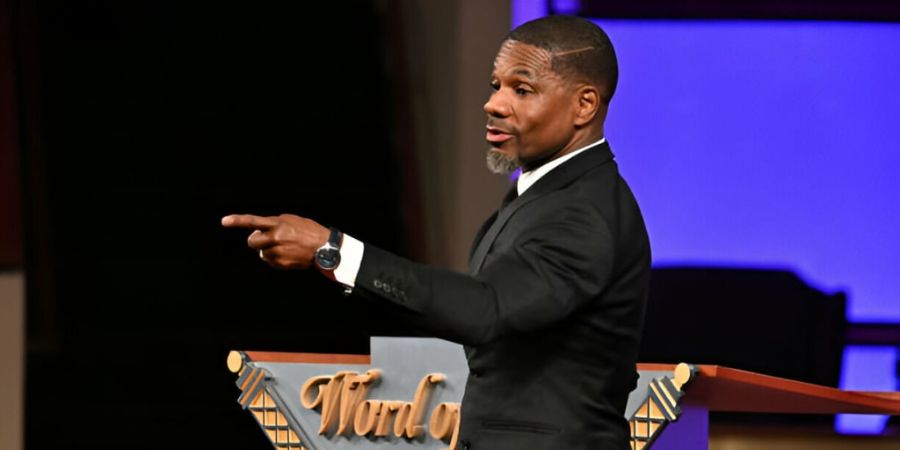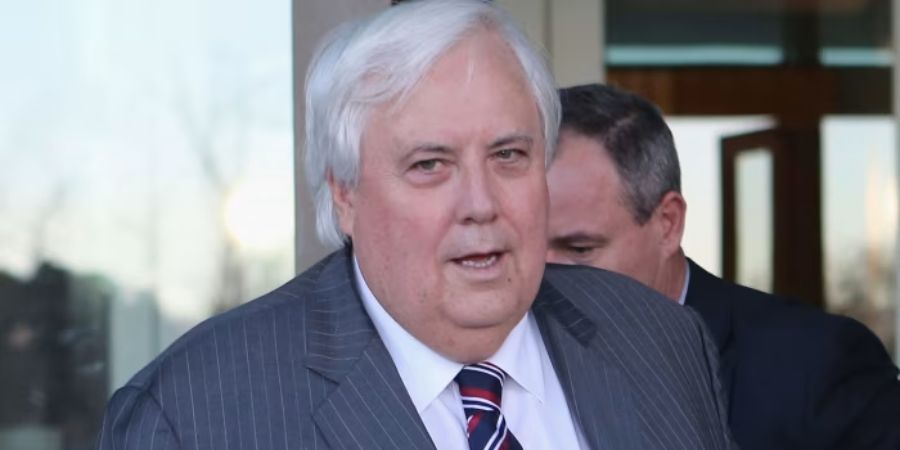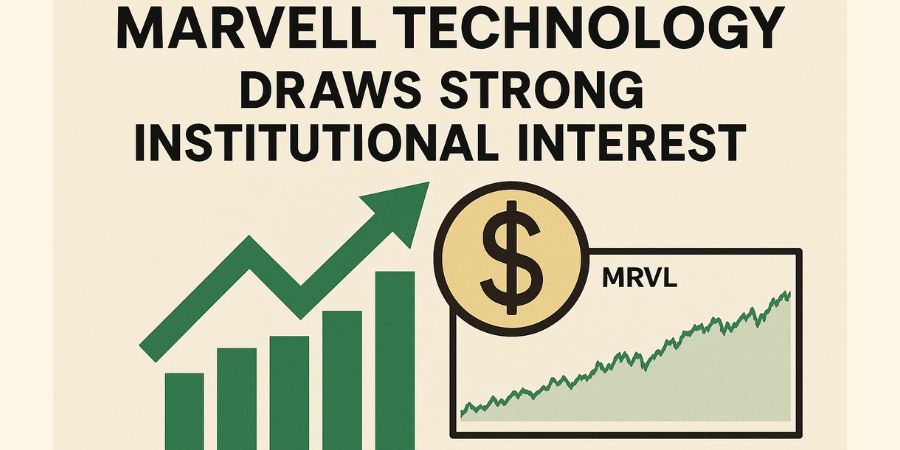Former U.S. President Donald Trump has once again made headlines—this time by calling the BRICS alliance a serious economic threat to the United States. With growing global attention on the expanding BRICS group, Trump is pushing hard for the return of his America First trade policy, arguing that the U.S. is losing ground in the global economic game.
So what exactly is happening between the BRICS nations and USA? Why is Trump speaking out now? And what could this mean for the future of global trade and American interests? Let’s break it down in simple terms.
What Is BRICS and Why Is It Growing?
BRICS stands for Brazil, Russia, India, China, and South Africa. These five countries originally came together to cooperate on economic growth, trade, and development. Over time, the group has expanded its reach and influence. In recent years, countries like Saudi Arabia, Iran, Egypt, and the United Arab Emirates have expressed interest or joined in some form.
Together, BRICS countries represent over 40% of the global population and nearly a third of the world’s economic output. That’s no small club—it’s a rising economic force that wants to challenge the traditional dominance of Western powers like the U.S. and the European Union.
The BRICS economic strategy includes:
- Creating alternative financial systems to reduce dependency on the U.S. dollar
- Increasing trade among member countries
- Developing infrastructure and investment banks like the New Development Bank (NDB)
Trump’s Warning: “A Threat to the U.S. Economy”
In a recent rally speech and multiple interviews, Donald Trump referred to BRICS as “a direct threat to the U.S. economic dominance.” He criticized the current administration for “allowing foreign nations to grow stronger while weakening American industry and workers.”
Trump is specifically concerned about:
- The BRICS de-dollarization efforts, which aim to reduce the use of the U.S. dollar in international trade
- Growing military and diplomatic ties among BRICS members
- China and Russia’s influence in shaping the group’s global agenda
“BRICS is trying to replace us,” Trump claimed. “And what are we doing? We’re giving away our jobs, our companies, our independence. That ends when I return to the White House.”
What Is “America First” Trade Policy?
During his presidency, Trump promoted the America First trade policy—a strategy focused on protecting American jobs, boosting U.S. manufacturing, and reducing trade deficits. This approach led to:
- Tariffs on Chinese goods
- Renegotiation of trade agreements like NAFTA (now USMCA)
- Encouraging American companies to manufacture in the U.S.
- Withdrawal from global trade pacts that Trump viewed as “unfair”
Now, with BRICS gaining momentum, Trump is calling for a return to those tough trade tactics. He argues that the U.S. needs to shield its economy from unfair competition and reassert its place as a global manufacturing leader.
BRICS vs USA: A New Global Power Struggle?
What’s becoming clear is that the world is watching a global power shift. While the U.S. has led international trade and finance for decades, BRICS is offering a different vision—one that doesn’t rely on the dollar and focuses more on the interests of developing nations.
Many experts believe we are heading toward a “multipolar world,” where the U.S. is no longer the only major player. This has created concerns about:
- Global economic instability
- Rising trade wars
- Diplomatic tensions between BRICS and NATO countries
- Shifting alliances in global politics
Some analysts even suggest a “BRICS currency” could emerge in the future to challenge the U.S. dollar’s dominance. That’s one reason the keyword “BRICS currency vs US dollar” has been trending in search results.
What This Means for Americans
For everyday Americans, this power struggle isn’t just about politics—it’s about the economy, jobs, and your wallet.
If BRICS nations succeed in weakening the dollar, we could see:
- Higher import prices
- More expensive foreign travel
- A drop in global demand for U.S. products
At the same time, Trump’s U.S. protectionist trade policy could result in higher tariffs, increased manufacturing costs, and possible retaliation from global partners.
So, while “America First” sounds patriotic, the global economy is more interconnected than ever. A hard stance could help certain industries but hurt others, especially those that rely on imports and exports.
Will BRICS Really Overtake the U.S.?
That’s the big question. While BRICS is growing, the U.S. still holds major advantages:
- The world’s most trusted currency
- Advanced technology and innovation
- Strong military presence
- A massive consumer market
But the BRICS growth strategy is no joke. These nations are investing in infrastructure, green energy, and technology—areas where the U.S. can’t afford to fall behind.
What’s different now is that global power is more evenly distributed than it used to be. This is why the BRICS vs Western powers debate is heating up, and why keywords like “BRICS alliance 2025” and “U.S. economic policy under Trump” are spiking in search volume.
Final Thoughts: Time for a Strategy Shift?
The rise of BRICS poses real challenges to U.S. dominance on the world stage. Whether you agree with Trump’s aggressive stance or not, there’s no doubt that America must rethink how it positions itself in this changing world.
With an election around the corner and global tensions rising, the spotlight is back on the economy—and how the U.S. will respond to BRICS.













